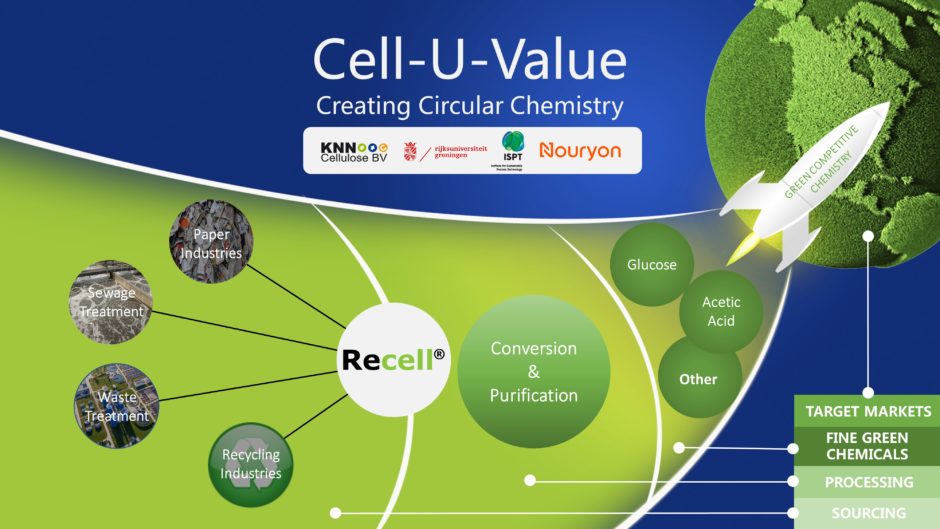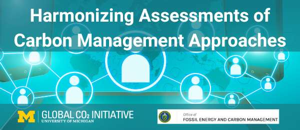ISPT launched a new project to produce valuable chemicals from paper waste. The Cell-U-Value project will run until October 2022 in partnership with KNN Cellulose, the University of Groningen and Nouryon (former AkzoNobel Specialty Chemicals).
Tons of paper are flushed through the toilet and thrown away every year. These contain high volumes of cellulose. The Cell-U-Value project will kick off with a lab feasibility study to convert this cellulose to acetic acid, which can be used to make useful chemicals such as MCA (mono-chloro acetic acid).
Erik Pijlman from KNN Cellulose BV explains: “Cellulose is a material that is very suitable to make chemicals in a sustainable way. At this moment waste cellulose has a negative economic value, which makes it also economically interesting. It has great potential for use as feedstock in large scale industrial processes.”
Recycling cellulose from paper waste into chemicals will reduce the need to fossil resources to make chemicals while reducing CO2 emissions from burning paper waste.
Converting cellulose into bio-based and sustainable chemicals
The conversion is to take place by means of hydrolysis and fermentation integrated with reactive extraction. The focus will be on scaling up to a full-scale value chain, both on an economical and an environmental level. After that, a pilot will be done to get clarity on the functional process of production of 10 ton of bio-based fine chemicals made from cellulose.
Cellulose from waste is already being used in the building and infrastructure sector, according to Pijlman. “At a large scale it will become lucrative to get even more cellulose out of waste streams.”
In order to develop a full-scale value chain, Pijlman invites new partners to join the development specifically on the supply side. These partners can be suppliers from Water Authorities, the paper industry, the recycling industry and waste processing companies.
The Cell-U-Value project is co-funded with subsidy from the Topsector Energy by the Ministry of Economic Affairs and Climate Policy.

Author
Maiken Larsen
Source
ISPT, press release, 2019-03-05.
Supplier
Institute for Sustainable Process Technology ISPT
KNN Cellulose BV
Nouryon
University of Groningen
Share
Renewable Carbon News – Daily Newsletter
Subscribe to our daily email newsletter – the world's leading newsletter on renewable materials and chemicals









